© 2014-2024 Offshore Radio Museum

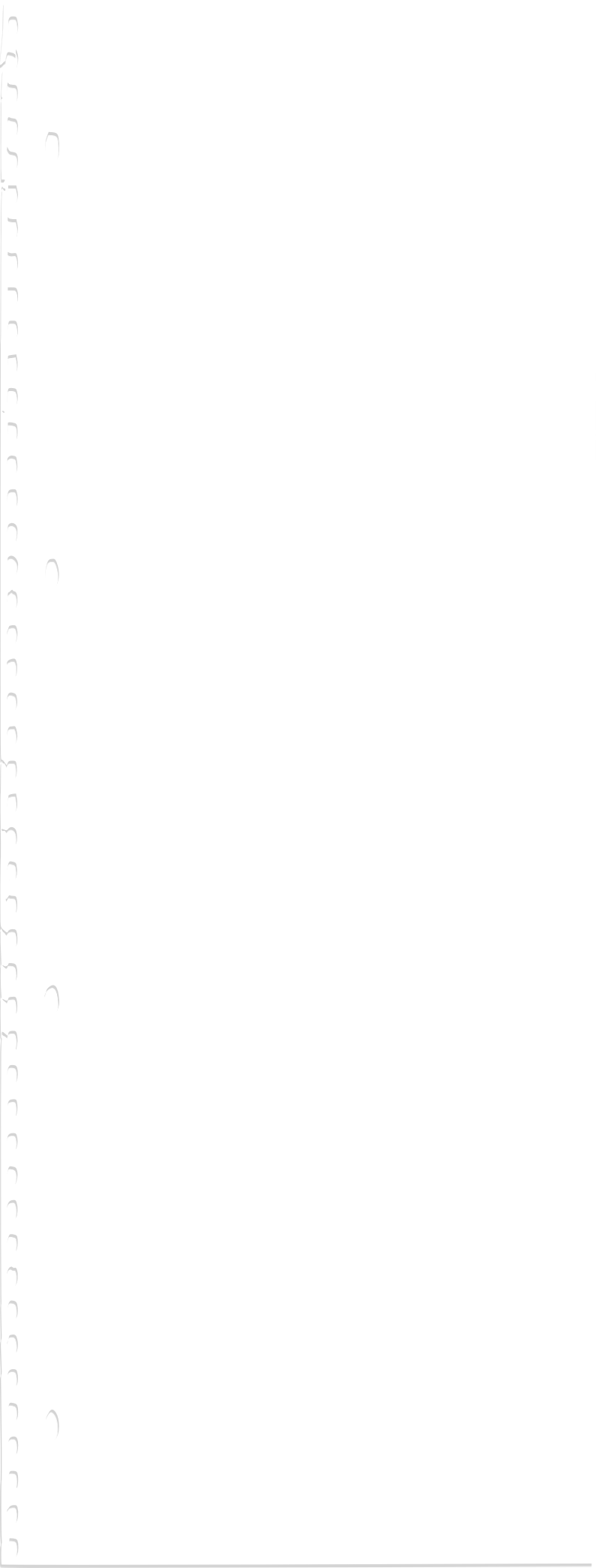

Top: studio on board Cheeta, with the 1.5 Kw transmitter in the background
Centre: another view of the Cheeta’s studio
Bottom: Radio Mercur’s original landbased studio



Above: studio on board Cheeta 2
Left: Tage Roepke in the studio on board Lucky Star

Transmitters
(Claimed power)
Cheeta
1.5Kw (ERP 20Kw from a directional aerial) home built transmitter. Power increased to 14Kw in November 1958
Cheeta 2
21Kw Siemans transmitter
Lucky Star
20 Kw Siemens transmitter
Aerial Heights
Cheeta
98’ (30m) approx
Cheeta 2
Lucky Star
111’ (34m)

Above: the directional aerial on board Lucky Star

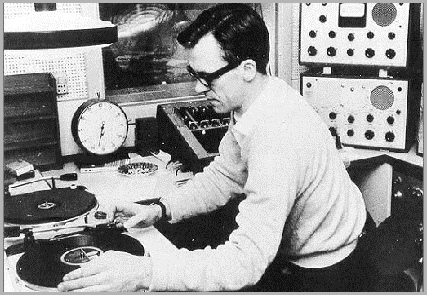

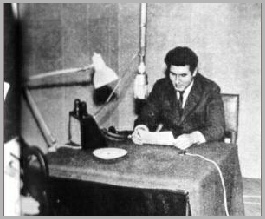

Studios
Technical equipment on board the original Cheeta was relatively primitive and largely home built by William Petersen, a bicycle mechanic and amateur radio enthusiast.
Mixing consoles and amplifiers were also built by Petersen for recording programmes in the landbased studio and for playback from the ship.
Although this primitive equipment was later supplemented by professional standard items - Telefunken consoles and Phillips Major tape recorders (later replaced by Lytec TR 2 tape recorders ) - much of it remained in use throughout Radio Mercur’s four years on air.
Cheeta 2 had more sophisticated, Siemens professional equipment on board.
Lucky Star had professional standard equipment installed when it was converted for use as a radio ship by DCR:-
Lytec72 and Magnavox playback reel-to-reel tape machines
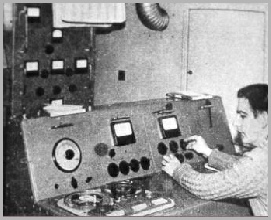
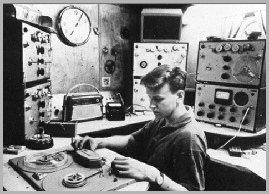
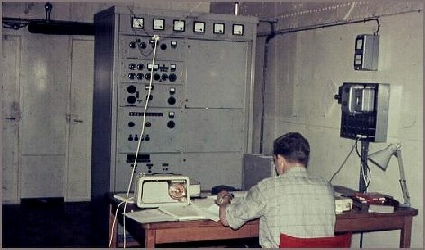
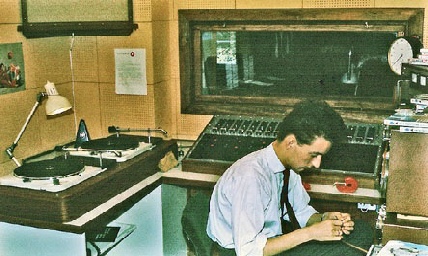

Above: Ove Andersen with the transmitter on board Lucky Star
Below: recording programmes in the Gentofte studios.
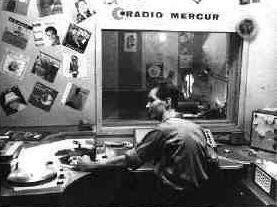

Above : Technician in the studio
QSL Cards
Radio station engineering departments issue QSL cards to verify reception reports received from listeners
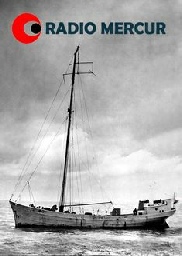











Back to Scandinavia Gallery



































